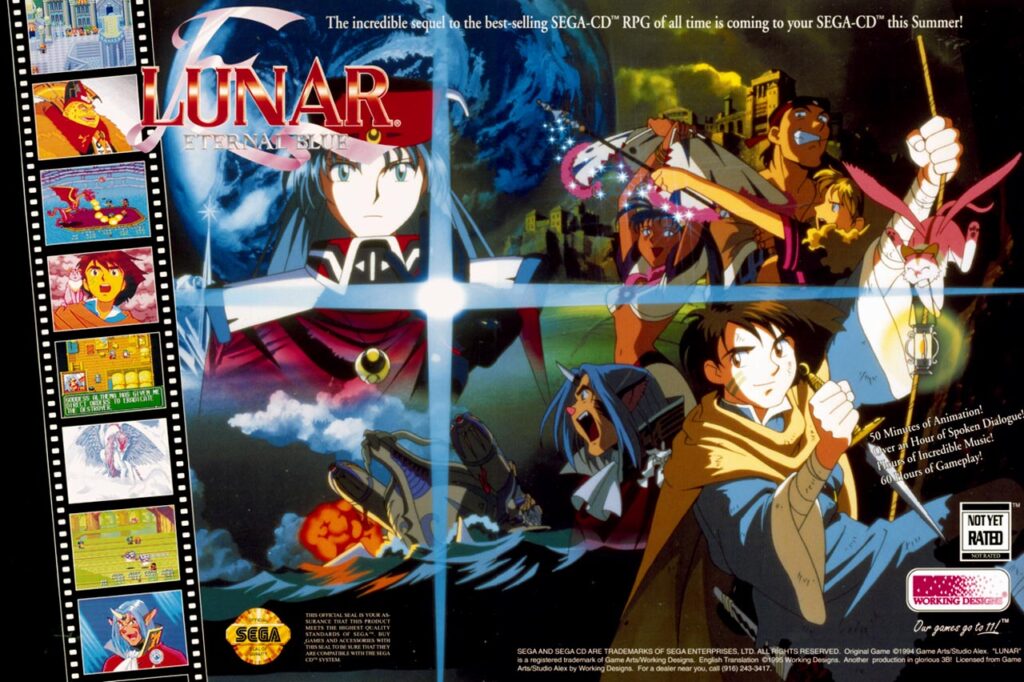
The success of LTSS in 1992 meant that the sequel, LEB, was quickly given the green light and was released in Japan in 1994 and in the USA in 1995. Set some 1,000 years after the events of LTSS, LEB tells the story of amateur archaeologist Hiro, who, while exploring nearby ruins, meets the mysterious, initially emotionless girl Lucia, who was sent to Lunar by the ‘Blue Star’. The goal is to find out why. The story is even more epic than in the first game, and just as full of interesting and surprising twists and turns that we won’t spoil here. All the qualities of the first game – the extensive writing, the interesting characters and their development, the gameplay – have been transferred to the sequel, and you feel right at home. The star is not so much the protagonist Hiro, but rather the girl Lucia, who only learns the full range of human emotions as the story progresses.
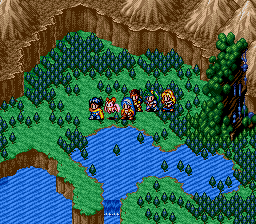
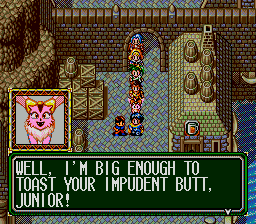
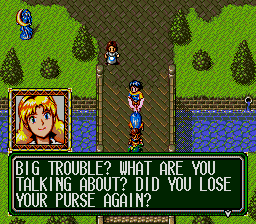
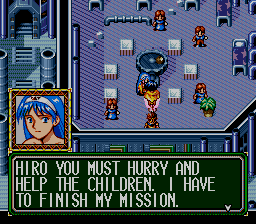
The same dream team of developers from Studio Alex and Game Arts were able to really let their hair down here for the last time: Bigger is better! The size of the game increased to around 40 hours. Not just ten minutes, but almost an hour of anime sequences were produced by Studio Gonzo, in much higher production quality than in the first part. These are flanked by almost an hour and a half of additional voice-over for key scenes. This time Noriyuki Iwadare was the sole composer from the outset, resulting in a very homogeneous musical style. Thanks to a new streaming technology for the PCM sound chip of the Sega Mega CD, the soundtrack could be extended to about four hours in length; unfortunately, this only came at the cost of the soundtrack being in mono with a pseudo-stereo effect and only at 32kHZ, which unfortunately makes it sound a bit muffled. It was not until the later remake Lunar 2: Eternal Blue Complete that the compositions could be heard in all their beauty.
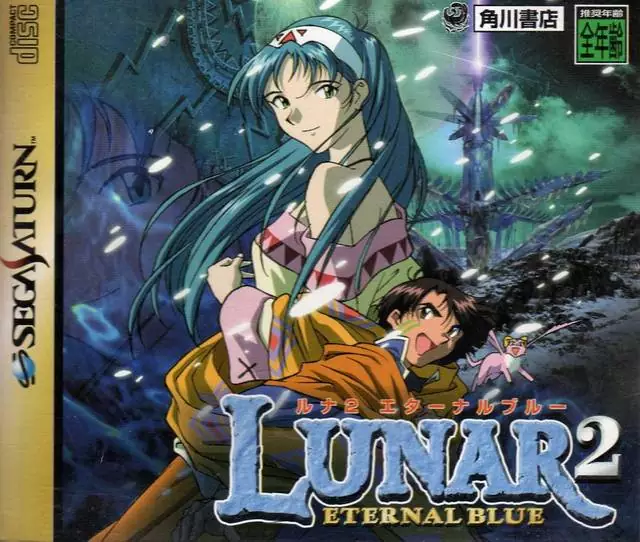
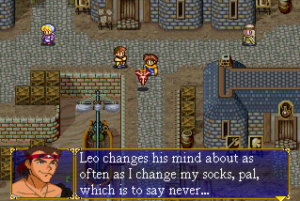
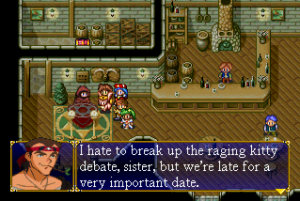
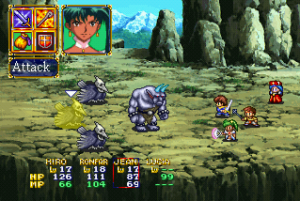
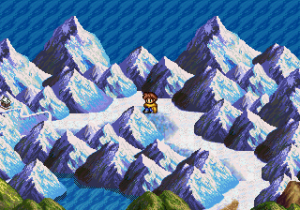
In Japan, the game was even less successful than the original, with only around 90,000 copies sold for Sega Mega CD; a 32-bit version for Sega Saturn and PlayStation followed. For the American market, Working Designs again ported the game in the usual good quality. With 350,000 units sold, sales were not as strong as the first game, which was also due to the JRPG genre’s fading star. Since the release of this remake in 2000, there has been no news about Lunar 2; a remake in the same high-quality style as Silver Star Harmony has not been made and therefore remains a dream – there are also no plans for an Apple iOS version of SoGoMa at the moment.
In 2025, finally Lunar Eternal Blue Complete was ported to modern systems as part of Lunar Remastered Collection; a review will follow at a later point in time.

Lunar 30th Anniversary Special – Navigation
Introduction | Lunar: The Silver Star | Lunar: Eternal Blue | Lunar: Walking School / Magical School | Lunar: Genesis / Dragon Song | Gaming recommendations and outlook | Interview 1: Kei Shigema | Interview 2: Noriyuki Iwadare
